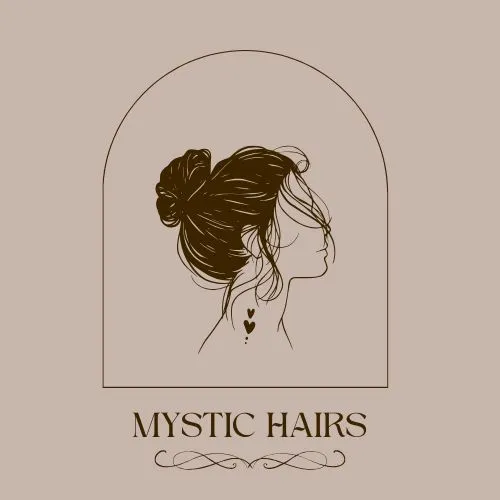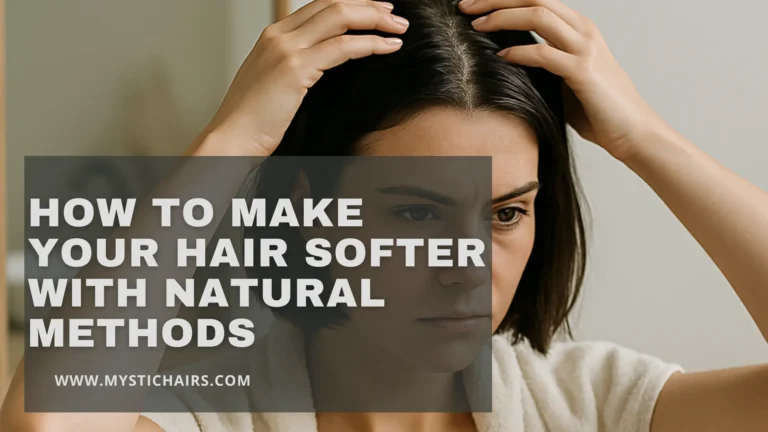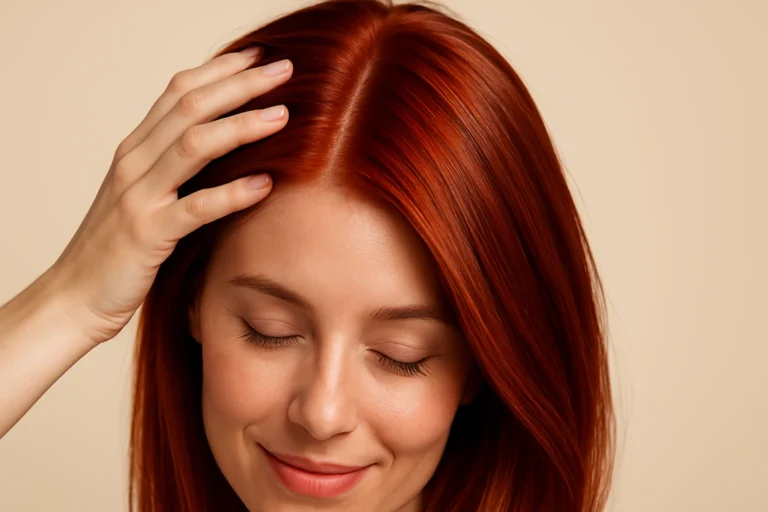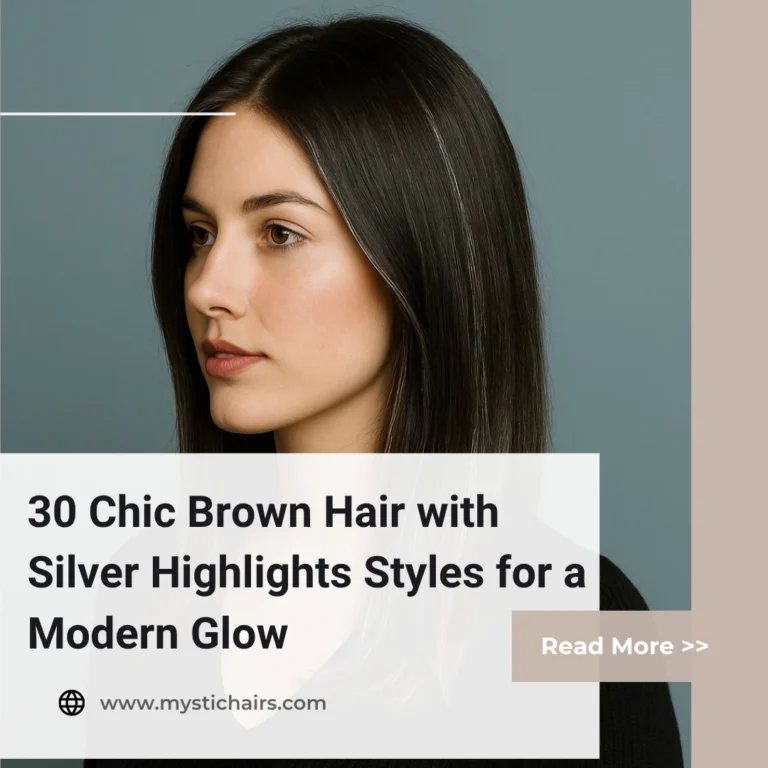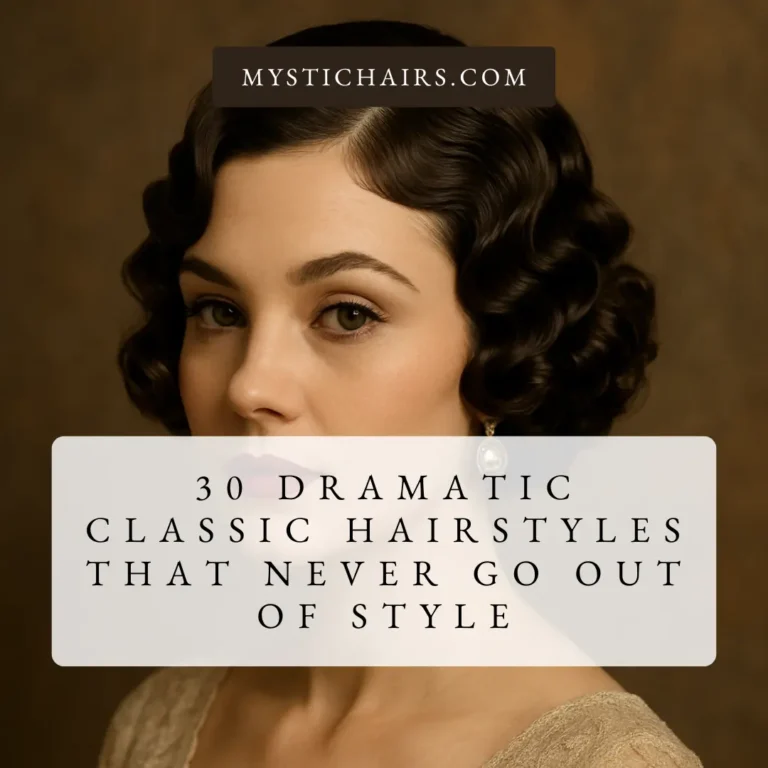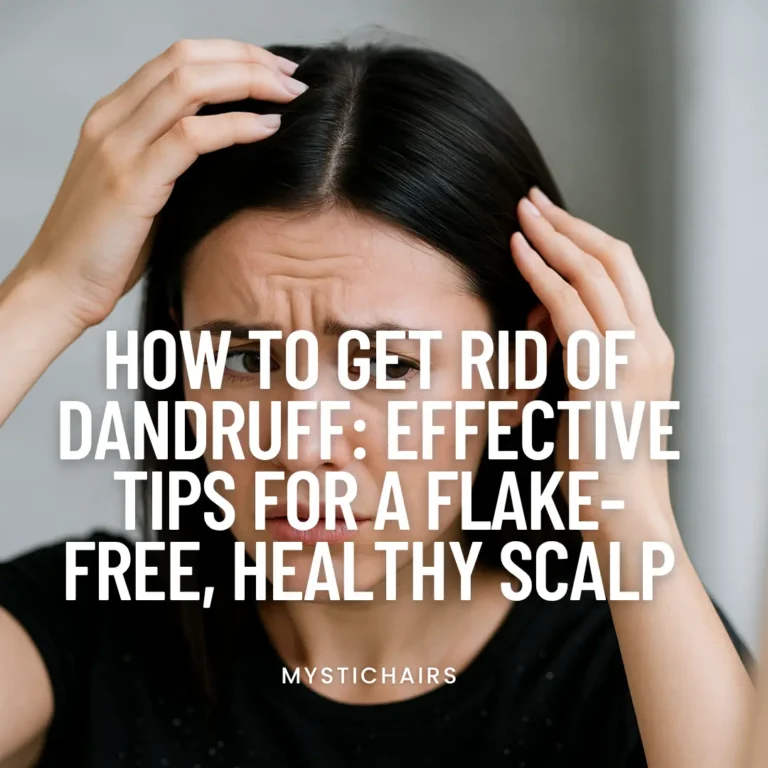How to Get Rid of Pimples on Hairline: Effective Solutions That Work
How to get rid of pimples on hairline is a common concern for people dealing with frustrating breakouts along the scalp. These tiny bumps can be painful, itchy, and even leave behind scars if ignored. Hairline pimples occur due to clogged pores, excess oil, product buildup, and sometimes hormonal changes. Understanding the root cause is the first step toward treating them effectively.
The good news is that with the right skincare routine, lifestyle adjustments, and preventive care, you can manage and even completely eliminate these breakouts. In this guide, we’ll cover both natural remedies and dermatologist-recommended treatments so you can find what works best for your skin type.
1. Identify the Root Cause of Hairline Pimples
Before jumping into treatments, it’s important to understand why hairline acne develops. Pimples in this area usually form when hair products, sweat, or oil accumulate and clog the pores. This creates the perfect environment for bacteria, leading to red bumps and breakouts.
Other factors include hormonal imbalances, improper cleansing after workouts, or using heavy styling gels that trap dirt. By figuring out the exact cause of your hairline pimples, you’ll be able to choose treatments that are more effective and prevent future flare-ups.

2. Maintain a Consistent Cleansing Routine
A solid skincare routine is one of the best ways to address how to get rid of pimples on hairline. Wash your face twice daily with a gentle cleanser that removes oil, dirt, and leftover hair product residue. Make sure to also cleanse the hairline area thoroughly, as this is often neglected during face washing.
Avoid harsh scrubs or strong chemical cleansers that strip away natural oils, as this can irritate the skin and make pimples worse. Instead, choose sulfate-free face washes or mild acne cleansers with ingredients like salicylic acid or tea tree oil, which target acne-causing bacteria.
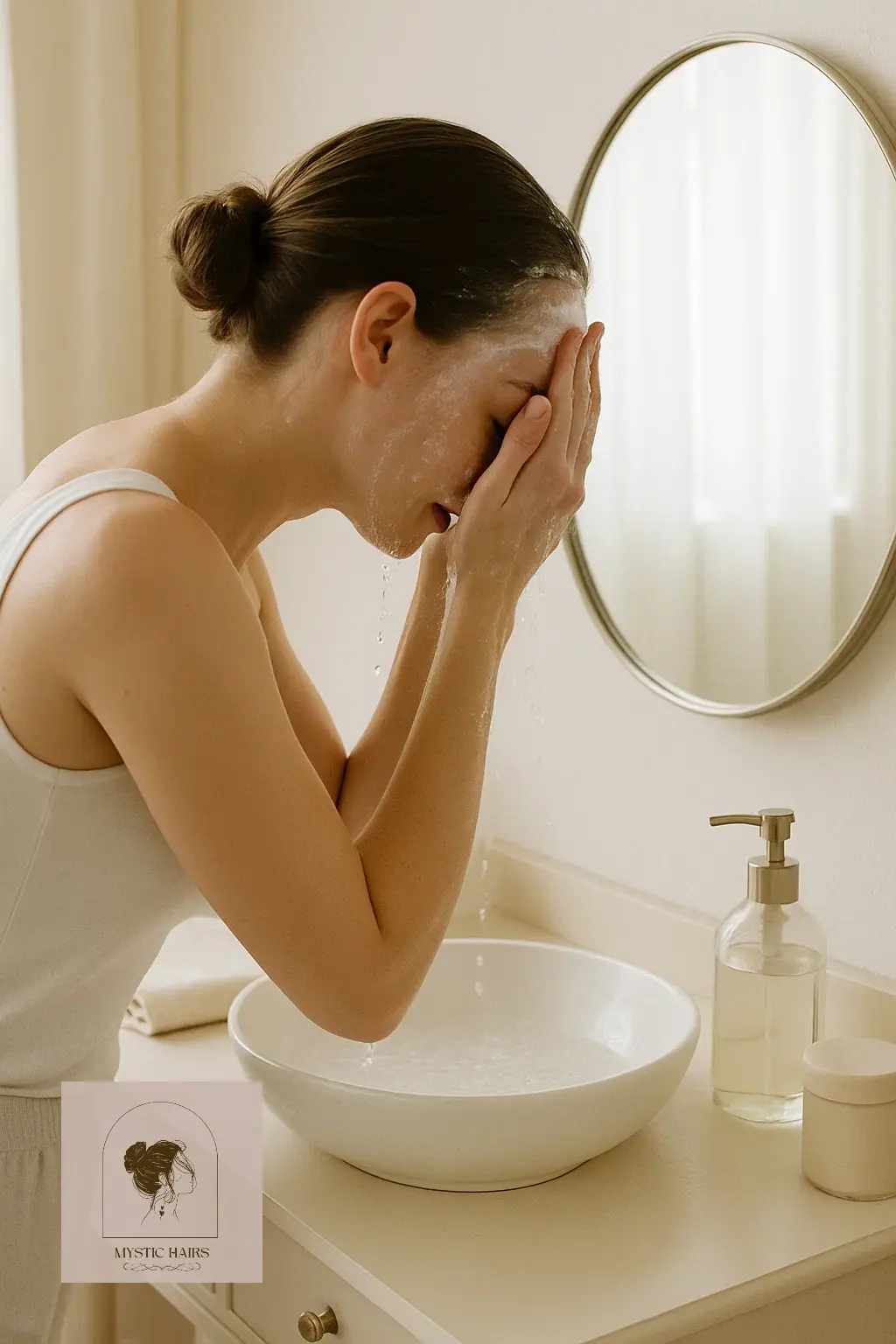
3. Avoid Heavy Hair Products That Clog Pores
Many people don’t realize that pomades, styling gels, and thick oils can contribute to clogged pores along the hairline. These products create buildup that mixes with sweat and sebum, blocking follicles and causing pimples.
Switch to lightweight, non-comedogenic products that won’t block pores. If you must use styling products, apply them away from your hairline and wash your face afterward. Keeping your scalp and forehead free from product residue will significantly reduce breakouts over time.
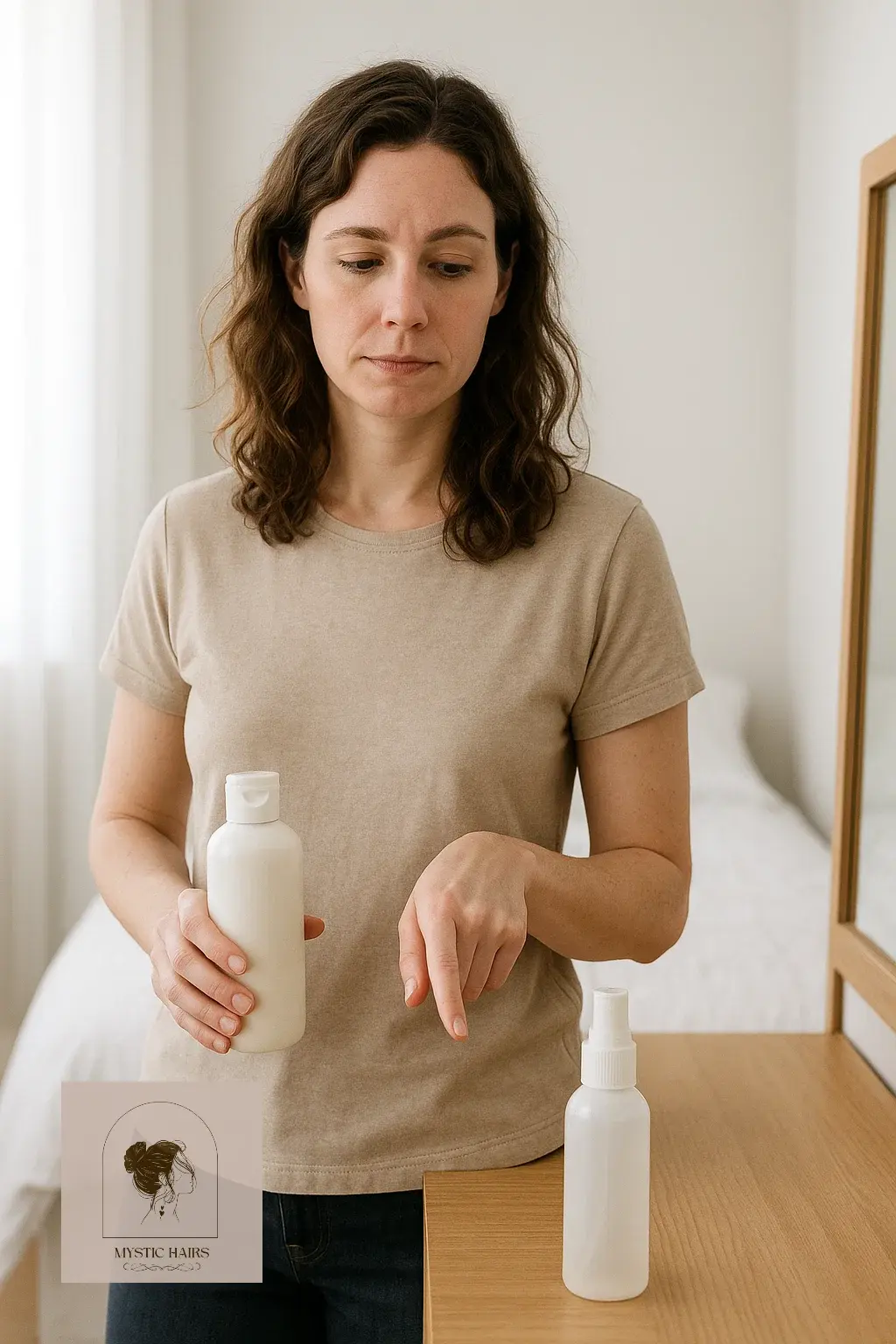
A dry scalp can sometimes worsen irritation along the hairline. Discover remedies for dry scalp during winter to maintain balance and reduce pimple flare-ups.
4. Exfoliate the Hairline Gently
Exfoliation helps remove dead skin cells and unclog pores, which is key in managing hairline acne. Using a gentle exfoliating scrub or a chemical exfoliant (like salicylic acid or glycolic acid pads) 1–2 times per week can prevent new pimples from forming.
Be careful not to over-exfoliate, as this can cause irritation, dryness, and even worsen breakouts. Stick to a consistent but gentle routine, and always moisturize afterward with a lightweight, oil-free moisturizer to maintain skin balance.
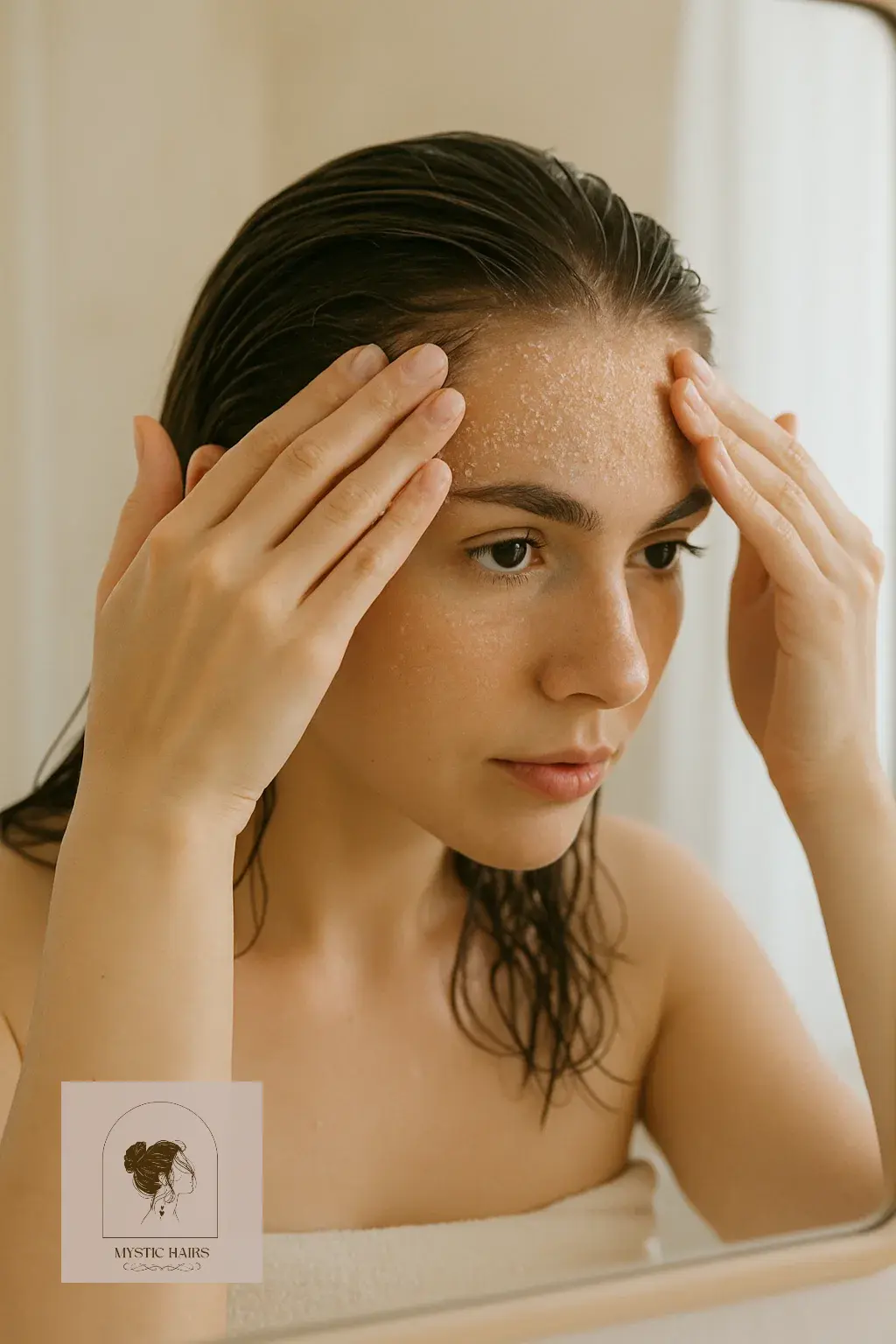
5. Try Natural Remedies for Scalp and Hairline Pimples
Natural remedies can be very effective for people looking for chemical-free solutions. Tea tree oil, for example, has antibacterial and anti-inflammatory properties that can help clear pimples. Aloe vera gel can soothe irritation, while apple cider vinegar (diluted with water) can balance scalp pH and reduce bacterial growth.
Consistency is key—apply these remedies a few times per week and monitor your skin’s response. Natural treatments can take time, but they are gentler on the skin and often prevent further irritation compared to harsh chemical products.
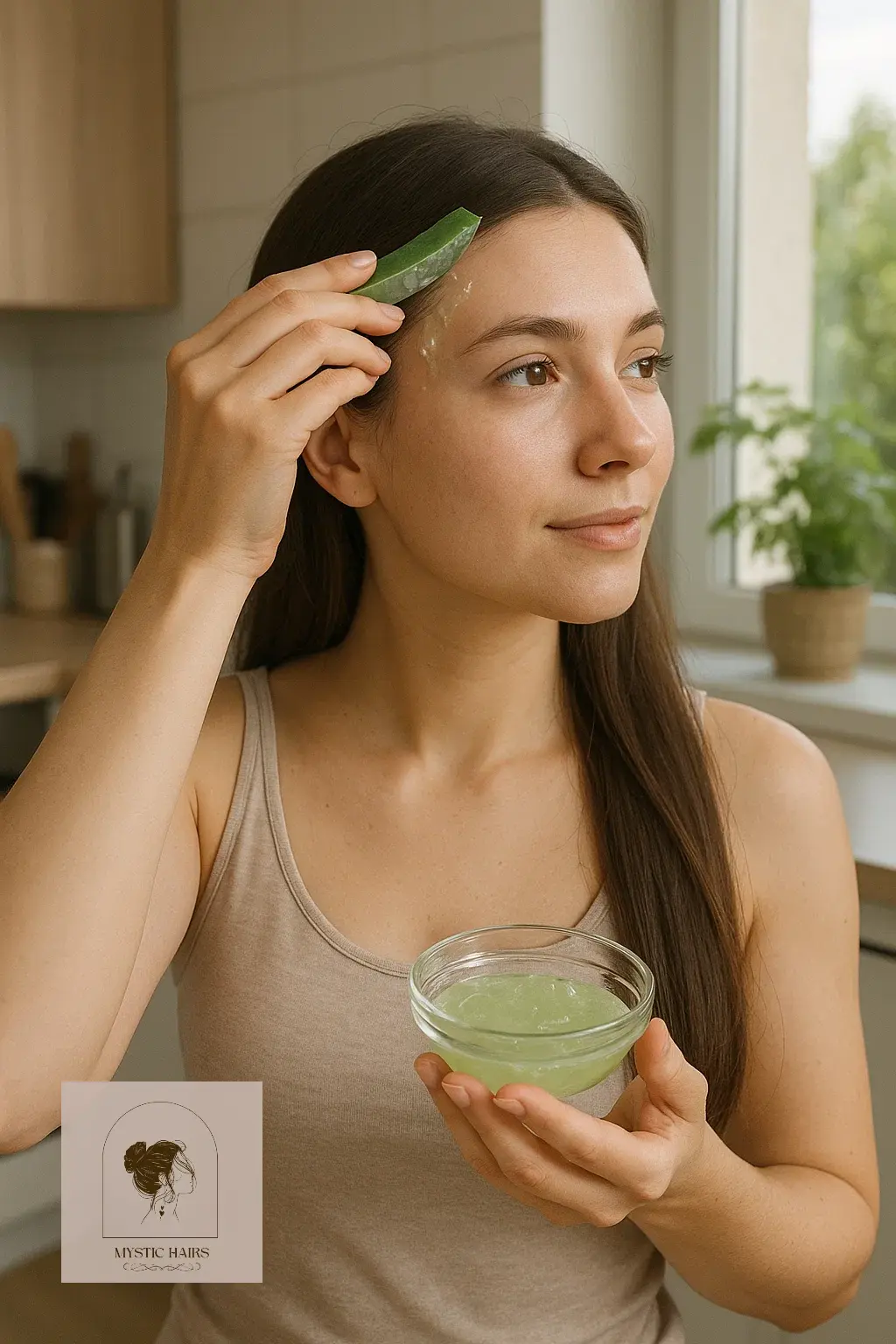
6. Keep Sweat and Dirt Under Control
Sweat can trap dirt and bacteria around the hairline, especially after workouts or being outdoors in hot weather. To prevent pimples, wash your face and hairline immediately after sweating. If you can’t shower right away, use cleansing wipes to remove oil and bacteria before it settles into pores.
Wearing sweatbands or hats for long periods can also make hairline acne worse because they trap heat and sweat. Instead, choose breathable fabrics and keep your hair pulled back when exercising to allow your skin to breathe.
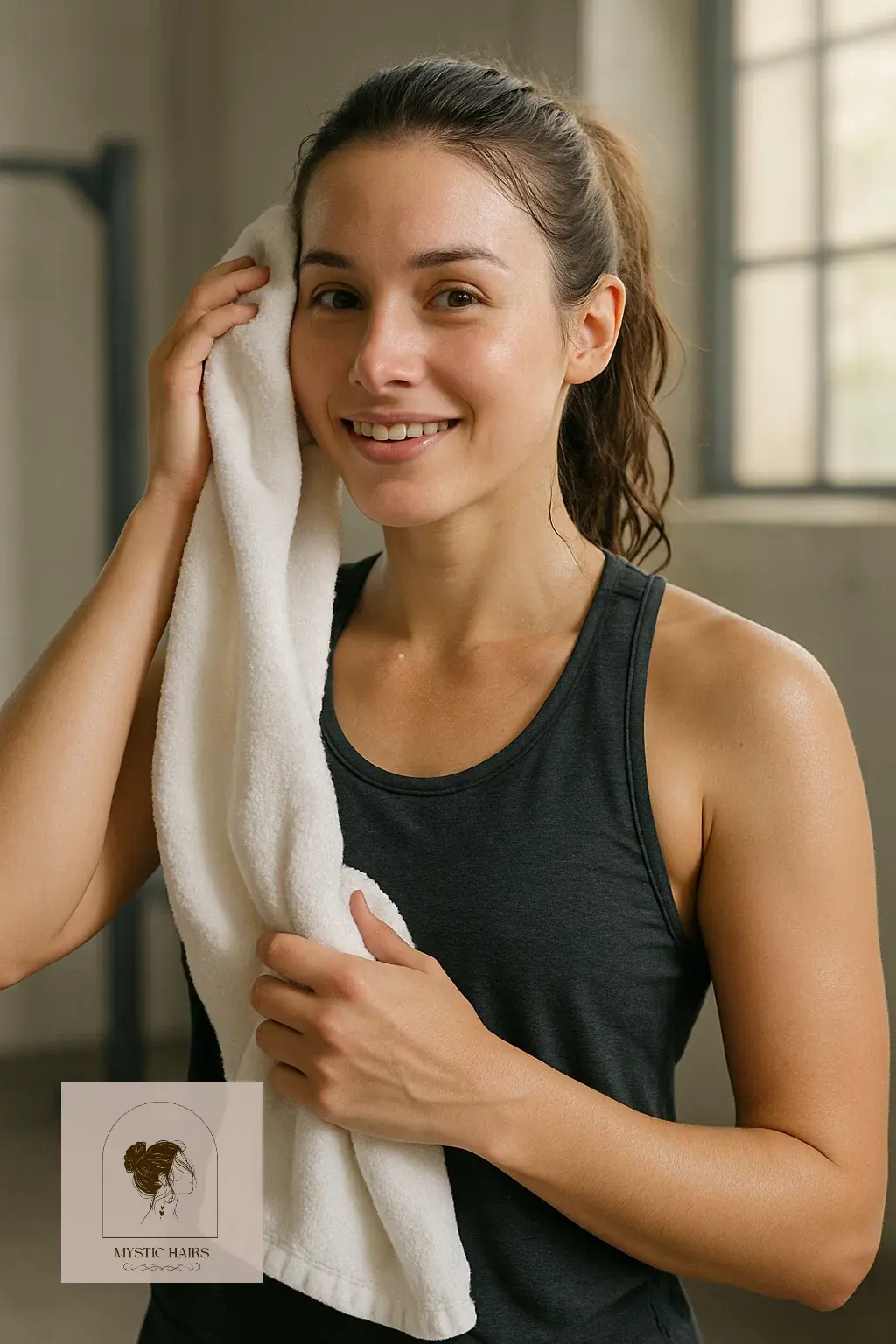
7. Wash Pillowcases and Hats Frequently
Dirty pillowcases and hats can harbor bacteria, oil, and product residue, which transfer to your skin while you sleep or wear them. This can easily lead to clogged pores and recurring pimples along your hairline.
Wash pillowcases at least twice a week using a mild detergent. If you wear hats often, make sure they’re clean and made from breathable fabrics. Small changes in hygiene habits can make a big difference in reducing hairline breakouts.
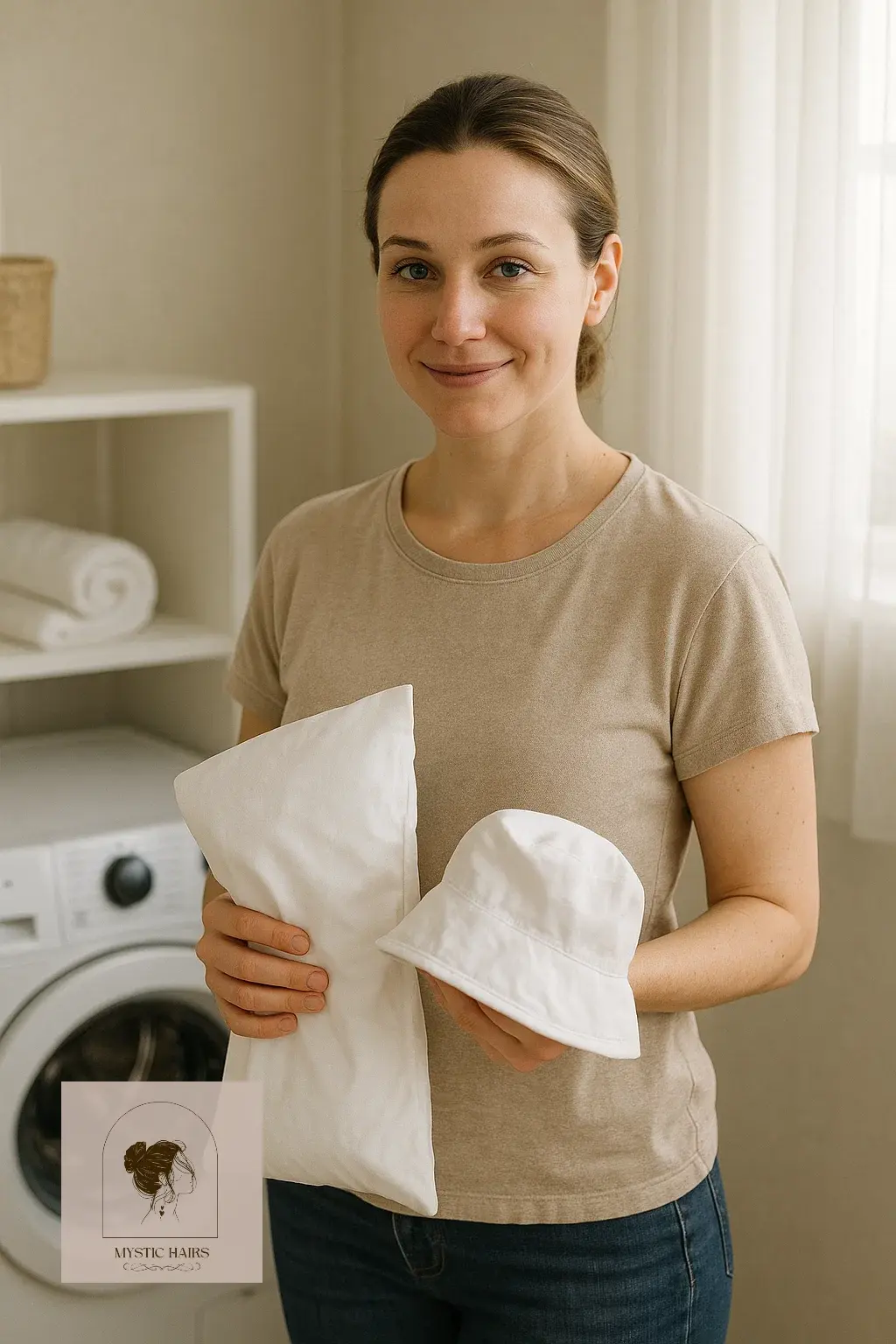
Product buildup that causes sticky hair after washing can also clog pores near the hairline. Clearing residue helps keep both scalp and skin healthier.
8. Manage Hormonal Breakouts Properly
Sometimes, pimples on the hairline are linked to hormonal imbalances, especially during puberty, menstrual cycles, or stress. These breakouts can be stubborn and harder to treat with just topical remedies.
If you suspect your acne is hormonal, consult a dermatologist. They may recommend treatments like topical retinoids, oral medications, or hormone-balancing solutions. Alongside medical advice, maintaining a healthy diet, reducing stress, and getting enough sleep can help regulate hormones and minimize breakouts.

9. Consult a Dermatologist for Severe Cases
If your hairline pimples are persistent, painful, or spreading, it’s best to seek professional help. Dermatologists can prescribe stronger treatments, such as topical antibiotics, benzoyl peroxide creams, or prescription oral medications, depending on the severity of your condition.
Professional treatments may also include chemical peels or light therapy for resistant cases. Consulting a dermatologist ensures that you’re not just treating symptoms but also addressing the underlying cause of your breakouts.
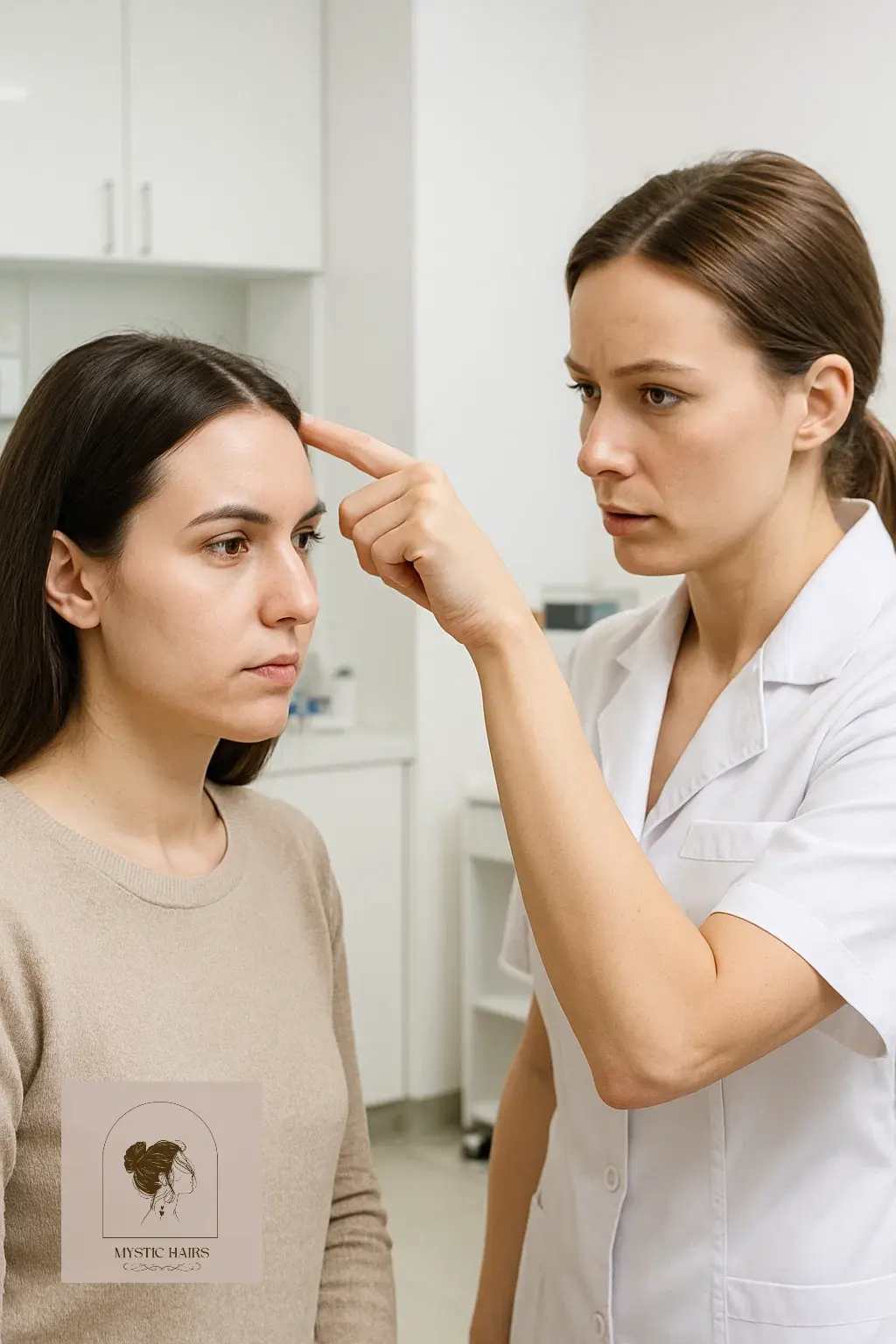
10. Focus on Prevention for Long-Term Results
The best way to address how to get rid of pimples on hairline is to prevent them in the first place. Stick to a skincare routine that includes gentle cleansing, occasional exfoliation, and lightweight moisturizers. Avoid heavy, pore-clogging products and always cleanse your hairline after applying styling gels or creams.
Lifestyle habits such as eating a balanced diet, managing stress, staying hydrated, and maintaining good hygiene play a huge role in keeping your skin clear. Prevention is always easier than treating constant breakouts.
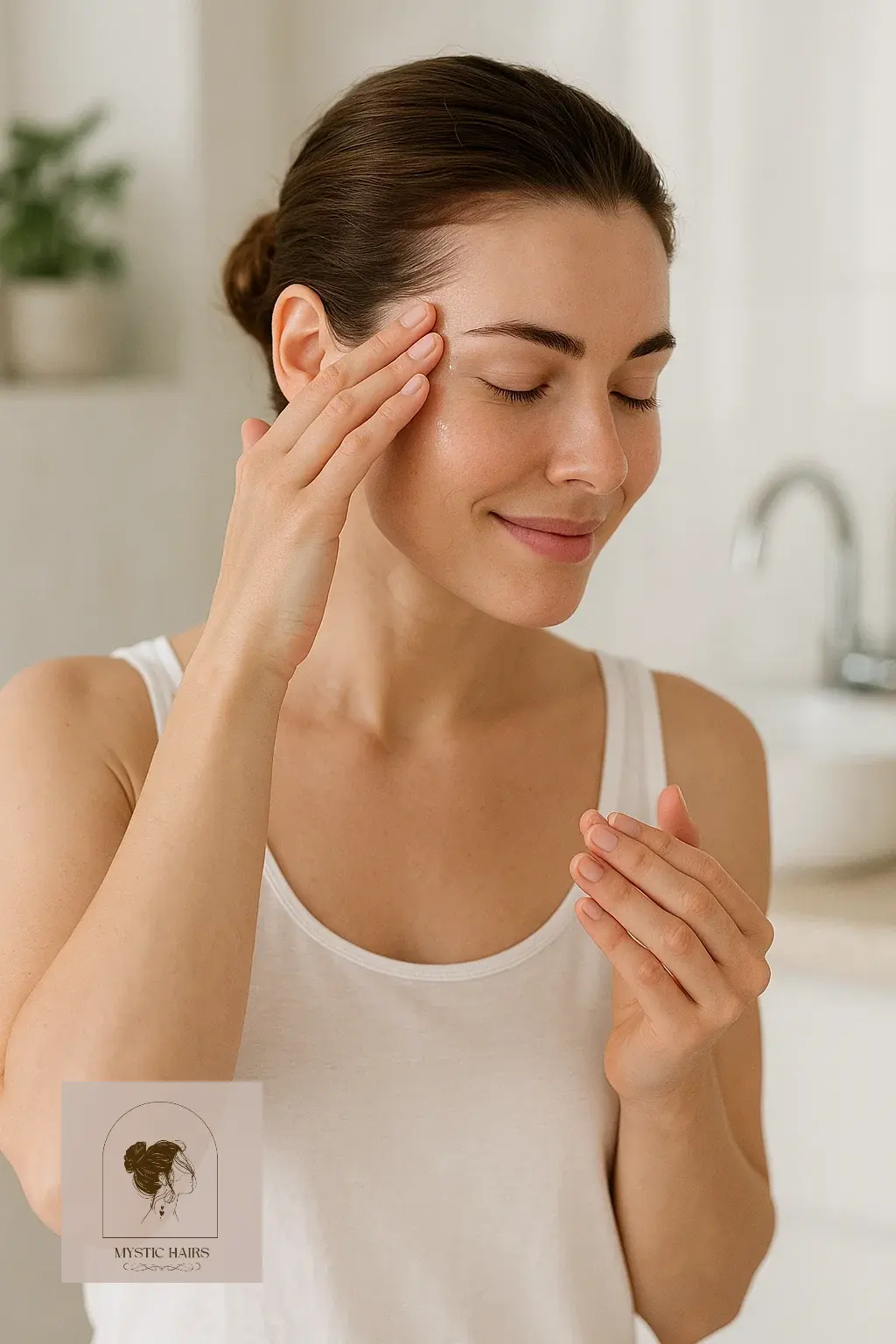
Oily buildup dulls shine and often leads to clogged follicles. Learn how to make my hair shine with gentle care that also prevents hairline pimples.
Bonus Tips for Clearer Skin Around the Hairline
- Drink plenty of water daily to flush out toxins.
- Limit sugar and processed foods that can trigger acne.
- Keep hair off your forehead, especially if it’s oily.
- Use non-comedogenic sunscreen to protect skin without clogging pores.
- Be consistent—clear skin comes with regular care, not quick fixes.
FAQs About Hairline Pimples
Q1: Can dandruff cause pimples on the hairline?
Yes, dandruff can contribute to clogged pores and irritation, leading to pimples along the scalp and hairline.
Q2: Should I pop pimples on my hairline?
No, popping pimples increases the risk of infection and scarring. Always treat them gently with proper remedies.
Q3: Do certain hairstyles make hairline pimples worse?
Yes, tight hairstyles and bangs that cover the forehead can trap sweat and oil, worsening acne.
Conclusion
Learning how to get rid of pimples on hairline requires a mix of good skincare, hygiene, and lifestyle habits. By cleansing regularly, avoiding pore-clogging products, and seeking professional help if needed, you can keep your skin clear and healthy. Prevention is the key—small daily habits will protect your skin in the long run, giving you the confidence of a smooth, blemish-free hairline.

Aria Blake is a beauty writer and hairstyle curator passionate about empowering women through timeless trends and modern haircare. With a deep love for natural textures and creative styling, Aria blends expert tips with real-life inspiration to help you look and feel your best—every single day. When she’s not writing for MysticHairs.com, you’ll find her exploring protective styles, sipping herbal tea, or pinning dreamy looks for your next hair glow-up.
